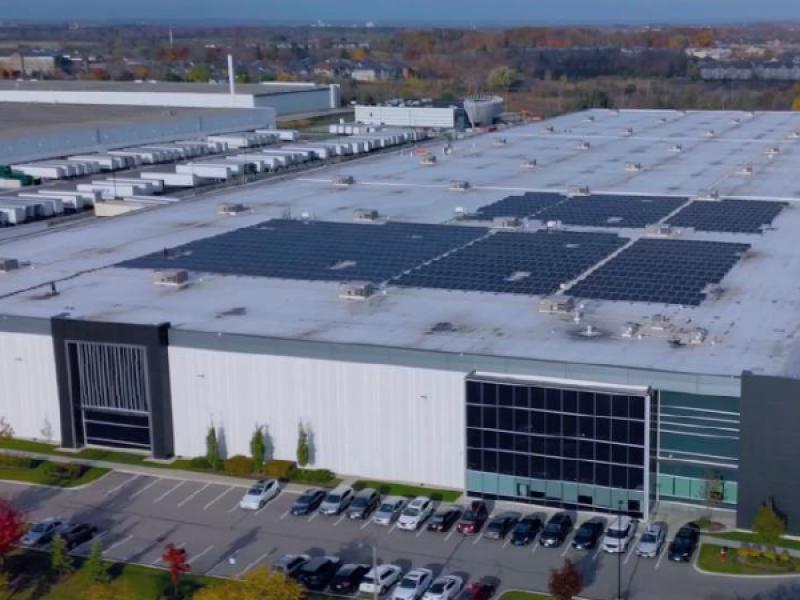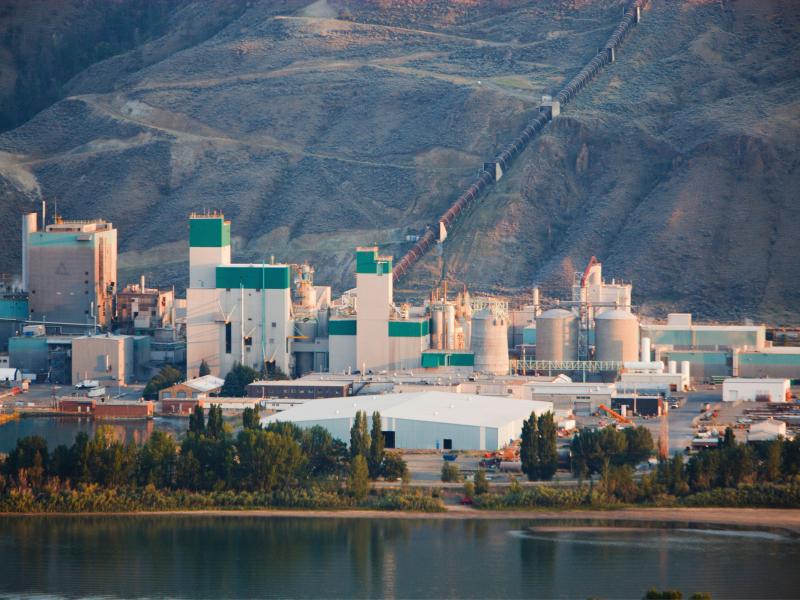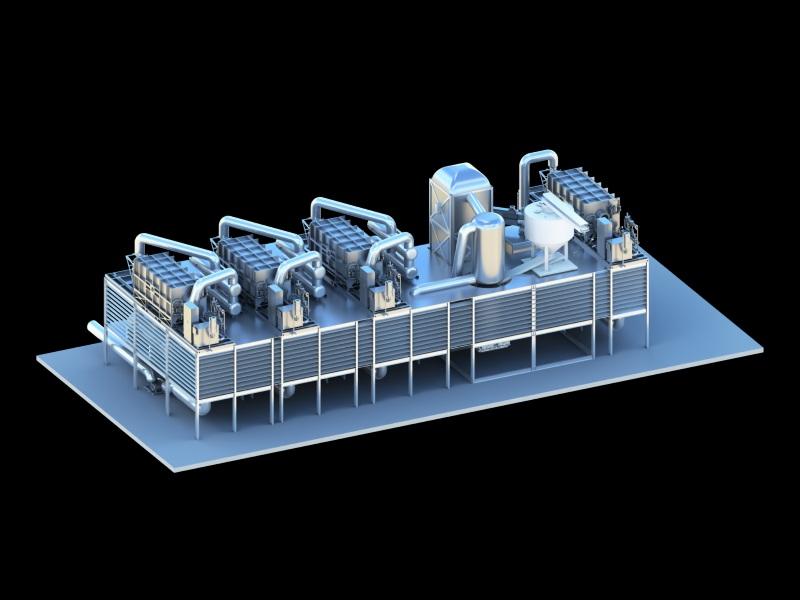
A “milestone” partnership between Ontario companies Otter Energy and Bullfrog Power marries on-site solar generation with the world of green energy financial instruments for decarbonization at scale, according to Peter Vogel, Otter’s director of business development.
Announced last week, Picton-based Otter will provide its engineering, procurement and construction (EPC) services for solar energy and energy storage infrastructure to existing and future clients of Toronto-based Bullfrog, a renewable energy retailer.
Bullfrog will offer renewable energy credits (RECs), which represent the purchase of one megawatt-hour of renewable electricity, to Otter’s clients across Canada.
“Having a relationship and being able to work closely with an organization like Bullfrog is incredibly exciting,” Vogel said in an interview with Sustainable Biz Canada, noting Bullfrog helped create and define the REC market in Canada.
The two companies can work together on complementary solutions in the renewables space, he explained, and secure more clients.
He anticipates the partnership will grow into a 50-megawatt project pipeline in 2026, and possibly in the realm of thousands of megawatts of renewable energy infrastructure over the coming years.
Otter, Bullfrog to swim in tandem in renewables sector
Founded in 2009, Otter is a turnkey solar energy and battery storage provider and advisor focused on medium and large commercial-scale projects. Its clientele includes real estate portfolio owners, as well as organizations in the industrial, agricultural, multifamily housing, institutional and municipal sectors.
Otter’s installed solar capacity of 150 megawatts is concentrated in Ontario, but over the last 24 months the company has been expanding into Quebec, Alberta and British Columbia, Vogel said.
Some notable Otter projects are a 1,584-kilowatt rooftop solar project for Schutz Canada Inc.’s reconditioning facility in Belleville, Ont., and a 670-kilowatt rooftop solar installation at 50 Edgeware Rd. in Brampton for Orlando Corporation.
The impetus for its partnership with Bullfrog arose from a shared goal to facilitate large-scale investment into carbon emission reduction, Vogel said.
Bullfrog is a green energy firm that retails electricity from renewable sources and biogas. Clients pay Bullfrog to replace polluting sources of electricity on the grid on their behalf, and are granted RECs in exchange.
As an example of how the partnership could operate, Vogel said it could support a company interested in solar energy generation and batteries on a building site, but which faces constraints such as limited rooftop space or high energy consumption.
RECs from the Otter-Bullfrog partnership could offer a “very complementary solution” by being able to “make significant reductions in emissions in addition to that solar,” he said.
“For projects above a certain size, given Bullfrog’s very strong financial backing, we have the opportunity to leverage financing from those sources as well,” Vogel added.
Expected customers of the partnership parallel Otter existing clientele: manufacturers, industrial-commercial land owners and large agricultural entities. Vogel believes the business model will also be attractive to multifamily building owners and the public sector.
As Ontario’s Second Long-Term Procurement program for electricity takes shape, the partnership can offer “phenomenal synergy” to project developers who can tap into Otter’s EPC expertise and secure REC contracts via Bullfrog, Vogel said.
Otter's other upcoming partnerships
While Otter has a channel partner program of primarily contractors, HVAC companies and energy consultants, a partnership like this with Bullfrog is “very new” to the company, Vogel said.
As for future collaborations, Otter aims finalize financing partnerships for projects that have challenging capital requirements. Another will be partnerships with real estate developers to build battery energy storage and solar infrastructure in new construction projects.
Vogel is excited by the prospects for Ontario’s evolving REC regulation, as they may evolve to the point where they can be generated by a broader range of small-scale energy generation and storage infrastructure, known as distributed energy resources.










